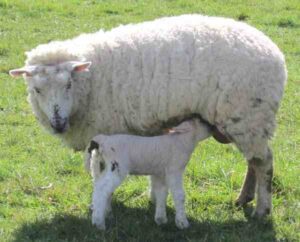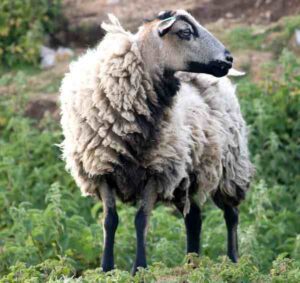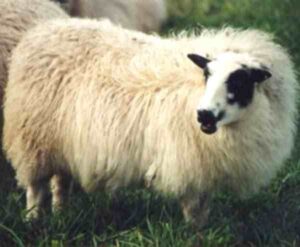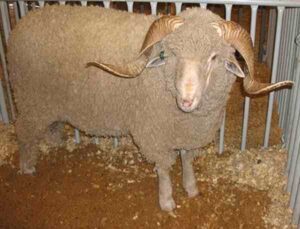The Coopworth sheep is a dual-purpose breed of domestic sheep from New Zealand. It was developed by a team of scientists at Lincoln Collage in Canterbury, New Zealand.
It was developed for increasing lambing percentages of Romney ewes when mated with the Border Leicester rams.
The breed is very popular in it’s native area and it makes up the second largest flock there.
Today it is also breed and found in some other countries such as Australia, United States and some parts of Europe.
In the year of 1950, the first scientific study of the Border Leicester cross ewe was initiated in the Ashley Dene property of Lincoln College.
And at the Whatawhata Hill Country Research Station, further extensive investigations were carried out.
The purpose behind these experiments was the realisation by research workers and some farmers at that time that the New Zealand lambing percentages were not high enough.
The Coopworth sheep have been selected on visual criteria, carcass and frame attributes, wool quality and measured performance.
And this selection program has produced an efficient, dual-purpose sheep which are ideally suited to most environment of it’s native area.
Along with it’s native area, the Coopworth sheep also performed well in Australia from the wet, cold country of Tasmania and Victoria to hot country of Riverina of NSW and Western part of the country. Read some more information about this sheep breed below.
Coopworth Sheep Characteristics
The Coopworth sheep are medium sized animals. They are mainly white in color, but some colored animals are also available.
They have generally clean and long face with small topknot or bare head and a slightly Roman nose.
They are slightly taller than the NZ Romney sheep and exhibit heavier muscling than the Border Leicester sheep.
Their body is long with a good loin and hindquarter, light forequarter and a wide pelvis. Their front legs should be straight and wide set, while the rear legs should have a slight natural curve from a side view.
As a medium sized animal, average live body weight of the mature Coopworth ewes is between 64 and 80 kg. And the mature ram’s live body weight vary from 80 to 125 kg. Photo and info from Wikipedia.
Uses
The Coopworth sheep are dual-purpose animals. They are raised for both meat and wool production.
Special Notes
The Coopworth sheep are hardy animals, and they are well suited to almost all climates. They are good for both wool and meat production.
Their fleece with pointed locks, has a well-defined crimp with bright luster and spinning count of 35-39mm and a staple length of 6-8 inches.
The ewes lamb easily and very few indeed have to be assisted as there is little or no bearing trouble. The ewes lamb easily and they are good mothers.
The Coopworth sheep are generally easy-caring animals. Multiple births are most common and the ewes will provide an abundance of milk for their lambs.
The lambs grow relatively faster on grass, making the breed perfect for low-input, pasture-based system. However, review full breed profile of the Coopworth sheep in the following chart.
| Breed Name | Coopworth |
| Other Name | None |
| Breed Purpose | Meat and wool |
| Special Notes | Very hardy and strong animals, well suited to almost all climates, good for both meat and wool production, the ewes lamb easily and are excellent mothers, easy to care, multiple births are common, very good for both meat and wool production, good for low-input pasture-based production system |
| Breed Size | Medium |
| Weight | Mature ewes live body weight is between 64 and 80 kg, and the mature ram’s live body weight vary from 80 to 125 kg. |
| Horns | No |
| Climate Tolerance | Almost all climates |
| Color | White |
| Rarity | Common |
| Country/Place of Origin | New Zealand |






